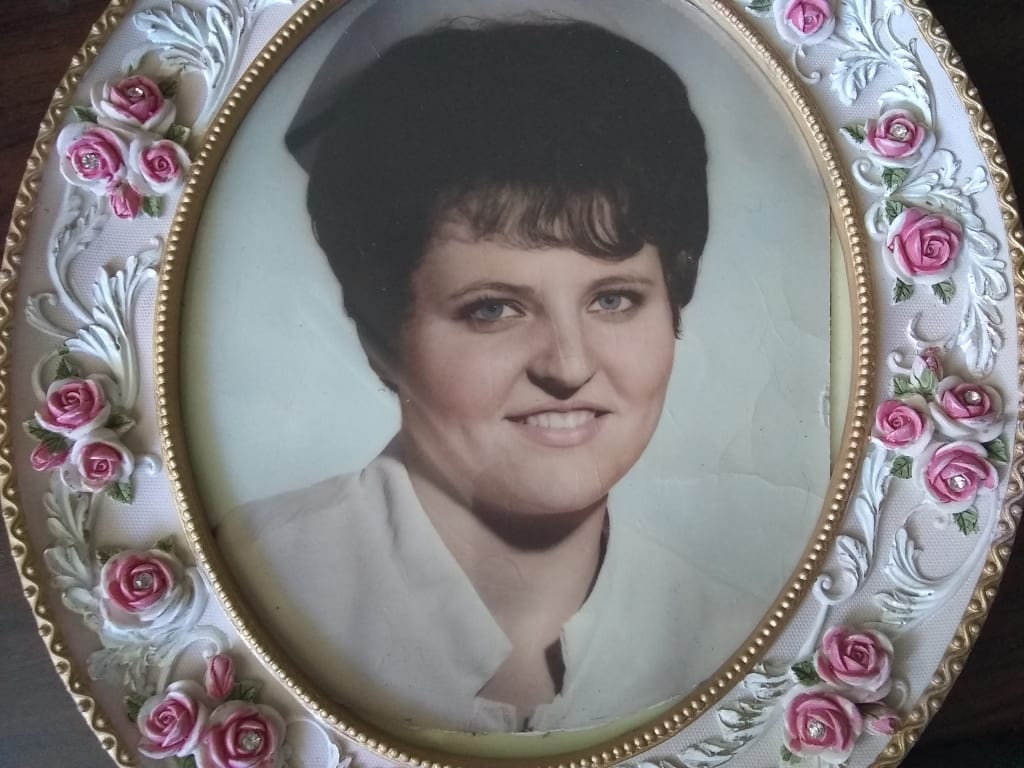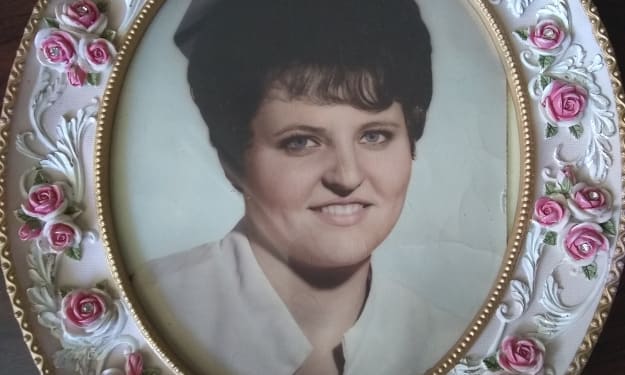Shadows In The Hall
A Nurse's Tale, Chapter 3

Chapter three
Shadow of Concern; My first Convalescent Hospital.
In those early years, Convalescent Hospitals, now called Extended Care Facilities, were run differently than they are today. In those years, the Ombudsman program was very new or unknown. There weren’t any signs posted with the phone number for help in the facilities like they are today. No one ever discussed this service with me at that time. The C.N.A.’s had much heavier assignments than they do today. The Residents seemed to decline quicker. If the Resident refused to eat, they were to be forced-fed with a large (60 cc or 2 ounce) syringe, for example.
As a Charge Nurse, I handled giving the Residents their medications, doing treatments, charting as well as calling the Doctor for new orders for 45 Residents. One of those Residents was a Fifty-two-year-old physically challenged man. He walked with two crutches, was alert and oriented. In other words, he had all his marbles. One evening, after the C.N.A. took his vital signs, she reported to me that his fever was extremely high. I went to his room to check on him. I listened to his lungs, hearing them congested in all lobes.
I immediately called the Doctor to notify him of this man’s condition. He simply thanked me, told me to watch him and promptly hung up. He told me I could give him Tylenol for pain and fever. By the time I got through and gave this Resident some Tylenol, my shift was quickly coming to an end. I passed on the information to the next shift and left.
Coming back the next evening, I checked on him, he was no better. In fact, I felt he was getting worse. I immediately made a call to his Doctor since the day shift had done nothing. That was frustrating to me also because they had greater access to the Doctor during the day than I did in the evening. Unfortunately, I got the same song and dance from him as before. I pleaded with him to give me some orders. I asked for a chest x-ray and an antibiotic order. Finally, he got tired of listening to me and agreed to give an order for an x-ray. I quickly called the portable x-ray service. After the x-ray was done, and the results were received: one lung full of congestion and the other one was half full. The Technician then showed me his x-ray machine, reminding me that it was an older machine, with a newer model we might see even more. It was very old I couldn’t believe it.
I quickly got back on the phone, calling the Doctor to report the results and get more orders. He ordered an Antibiotic BUT refused to send him to the hospital. I was so frustrated with the care this poor man was getting. I couldn’t believe a patient could be treated this way. I followed the orders, finished my shift and went home.
The next day when I returned, I was told the man died during the night. I am a Nurse, who tends to document everything done and said, especially when there may be any questions in the future. I had documented heavily regarding this man’s care. I also went to the Director of Nurses to discuss this case. I told her everything. She listened quietly saying nothing. I then asked her if there was anything, we could do in a case like this? Shaking her head, “No, she stated he’s the Doctor, we have to follow his orders, that’s all.”
I couldn’t believe my ears....what??? He let the man die! I had asked for everything this man needed and he refused me. I had to make him sick of hearing from me before I could get orders!
I was sadder yet, when I found out the only thing the family wanted to know was if he had any money in his account, or any Whiskey left. He could have a “hot totty” in the evening. Did no one care about this man???
The tiny bit of satisfaction I did receive was when I was told that the Doctor apologized to the Nursing Staff, with tears in his eyes. “You are a fucking Bastard!!” I thought, “How dare you come across as sorry to the Nurse’s? You had ample opportunity to fix the problem and you did nothing!!”
He never apologized or spoke to me directly ever. Probably because the Director of Nurses warned him, I was angry at his behavior and because I left that job very quickly, I never wanted to work in a Convo ever again!
As you can see by this information, I am passing on to you now, there was something available to me, but no one wanted to let me know. In 1971, President Nixon implemented the Eight Point Initiative to improve nursing home care. (Remember, I was first licensed in 1970) The Health Services and Mental Health Administration funded nursing home Ombudsman demonstration projects in multiple states. Since that time, it has constantly improved, providing patients, families, and staff a way to communicate needs and get answers.
Ombudsmen are advocates for residents who live in licensed, long-term care facilities, i.e. nursing homes, shelter care, assisted living, supportive living, and group homes.
What does an Ombudsman do?
• Visits facilities regularly to inform residents about ombudsman services and resident’s rights.
• Investigate & resolve complaints made by or on behalf of the residents.
• Helps resident & family in getting questions answered and pro-vide individual consultations.
• Provides information on facility selection, different levels of care, regulations, nursing home procedures, Medicare/Medicaid, and residents’ rights.
• Provides in-service education to nursing home staff.
• Analyzes federal and state laws, rules and regulations & provides legislative advocacy.
How do you reach an Ombudsman?
To access the assistance of an ombudsman, all you must do is call. Anyone can call and can even remain anonymous if needed. Viola-tion of resident’s rights or dignity are the primary reasons for call-ing an Ombudsman. Including:
• Physical, verbal, or mental abuse.
• Inadequate or poor-quality care.
• Unreasonable confinement.
• Accidents or improper handling.
• Staff shortages and poor staff attitudes.
• Family conflict.
• Involuntary or improper discharge from facility.
• Incompatible roommates.
• Building safety issues, lack of cleanliness, pests.
• Power of Attorney or guardianship issues.
• End of life issues.
Once a referral is made, the ombudsman will visit the individual to determine next steps. If he or she determines that the needs are beyond his or her scope, then the Department of Health Services are notified, and the facility will generally receive an inspection of some degree. That inspection can occur at any time, day, or night. DHS does not and will not give any notification of pending visits, nor are they required to do so. Today we are all in much safer place thanks to the Ombudsman Program.
About the Creator
Linda Pavlos
I am a retired Nurse (LVN) of 46 years, I always knew since I was a child that I wanted to be a Nurse. I am in the process of writing my book here on vocal.media. Thank you for this opportunity.






Comments
There are no comments for this story
Be the first to respond and start the conversation.